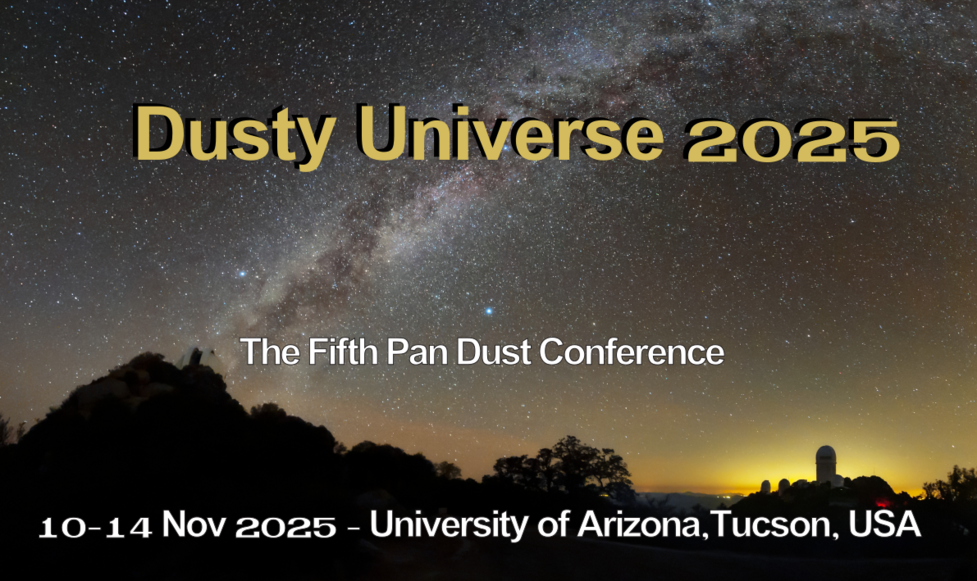Radiative transfer modelling is a cornerstone of our understanding of how starlight interacts with the dusty interstellar medium in galaxies. In this review, I will trace the evolution of galaxy-scale radiative transfer frameworks, from early one-dimensional attenuation models to modern three-dimensional Monte Carlo codes capable of producing full spectral energy distribution predictions. I will highlight key applications, including the interpretation of spatially resolved multi-wavelength observations of nearby galaxies, constraints on dust and stellar geometries in high-redshift systems, and the testing of hydrodynamical simulations through synthetic observables. I will also discuss ongoing challenges such as quantifying uncertainties, constructing optimised model grids, and incorporating polarisation and magnetic fields. The talk will conclude with a look ahead to next-generation developments, including coupling gas and dust radiative transfer, employing deep learning emulators, and accelerating Monte Carlo radiative transfer on GPUs.

|
|
|
|
Dust radiative transfer in galaxies
1 : Universiteit Gent Krijgslaan 281 S9 9000 Gent -
Belgium
|
 PDF version
PDF version
